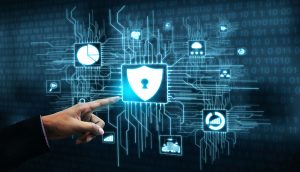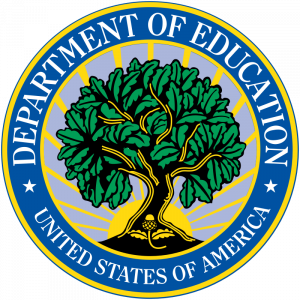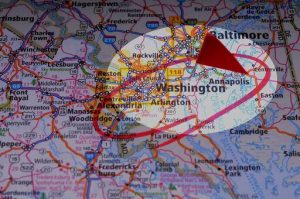 In October, ghosts and goblins come to life as decorations on front lawns and as candy-seeking children knocking on our doors. But stepping away from the frivolity of Halloween, October has also become a time for us to reflect on the real threats we face year-round when it comes to our data, identity privacy and online security.
In October, ghosts and goblins come to life as decorations on front lawns and as candy-seeking children knocking on our doors. But stepping away from the frivolity of Halloween, October has also become a time for us to reflect on the real threats we face year-round when it comes to our data, identity privacy and online security.
National Cybersecurity Awareness Month (NCSAM), spearheaded by the Department of Homeland Security (DHS), is a "collaborative effort between government and industry to raise awareness about the importance of cybersecurity and to ensure that all Americans have the resources they need to be safer and more secure online." This year's theme is Own IT. Secure IT. Protect IT. Programs around the country will address topics including citizen privacy, securing consumer devices, and eCommerce security.
More than IT professionals talking to one another, NCSAM aims to reach out to the public to emphasize personal accountability and educate people about the importance of taking proactive steps to enhance cybersecurity at home and in the workplace. The NCSAM website has some handy guides that can be shared to educate people on these actionable steps.



 In place since 2014, the Federal Information Technology Acquisition Reform Act (FITARA) has aimed to provide guidance and checkpoints for agencies' modernization efforts. Over the years, the compliance status of the agencies has had its
In place since 2014, the Federal Information Technology Acquisition Reform Act (FITARA) has aimed to provide guidance and checkpoints for agencies' modernization efforts. Over the years, the compliance status of the agencies has had its 

 Location, location, location. It's a mantra for real estate, but it also has a place in the event planning world. While people attend events for the content, the location also holds sway in decision-making process.
Location, location, location. It's a mantra for real estate, but it also has a place in the event planning world. While people attend events for the content, the location also holds sway in decision-making process.
